Chemical Reaction Engineering Blog Posts

Modeling a Rapid Detection Test in COMSOL Multiphysics®
Curious about how exactly the rapid detection tests for COVID-19 work? Get a comprehensive explanation here, as well as 3 example models in COMSOL Multiphysics®. (Part 2 of 2)
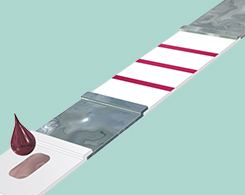
An Introduction to the Physics of Rapid Detection Tests
Rapid detection tests based on lateral flow assay (LFA), also called immunochromatographic tests, can be thought of as quite advanced, yet very robust, microlaboratories. (Part 1 of 2)
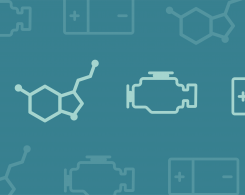
The Science Behind Cooking Caramel
Whether you’re adding it to brownies, crème brûlée, or an ice cream sundae, cooking caramel is a precarious task: One wrong move and it could burn and taste bitter or recrystallize and harden.
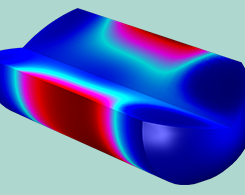
The Growing Use of Simulation in Pharmaceutical Development
Did you know that the development cycle of a drug can take years and cost millions of dollars? Simulation is 1 way to make pharmaceutical development processes faster and more cost effective.
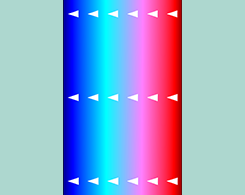
Exploring the 4 Basic Modes of Electrophoresis
Zone electrophoresis, moving-boundary electrophoresis, isotachophoresis, and isoelectric focusing. In most cases, the physics of new electrophoretic methods can be related back to these 4 modes.
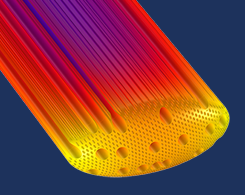
6 Ways Engineers Are Using Simulation to Help the Environment
Energy-efficient buildings and appliances. Safe nuclear waste storage. Well-preserved freshwater lakes. These are just a few examples of how simulation is being used to help the environment.
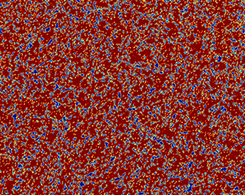
Material Characterization by Means of Simulation
Carbon-based materials, such as synthetic specialty graphites, are found in many industries, including solar, semiconductor, car manufacturing, ceramics, and metallurgy.
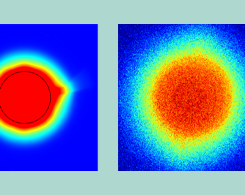
Developing a Silicon MEMS Chip for On-Demand DNA Synthesis
The development of genome editing tools like CRISPR-Cas9 has increased the demand for DNA synthesis technology. Researchers are creating a DNA synthesis platform to broaden horizons in the field.
